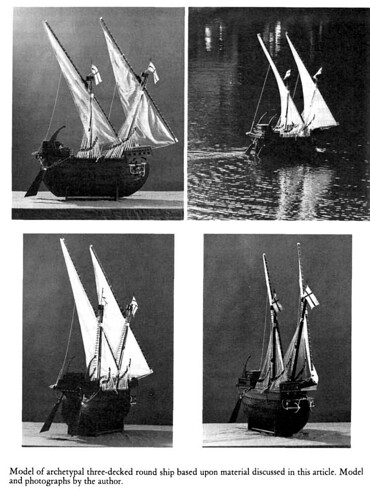A lot has been said, but I think there are few more perspectives to add.
Firstly, @Zaleramancer akes a good point that much has to be resolved at the table. I would encourage the editors to prioritise examples and precedents over universal rules, simply because universality is bound to fail anyway. The examples in @David_Chart ´s post with resolution would be immensely useful at the table.
I totally agree with the hut example. The hut's essential nature does not change even if it flexes, or even if the roof blows up. More importantly, the room inside remains essentially a room until the hut is dissembled to a point where it would no longer qualify as a room for the purpose of a new spell.
This could also resolve @ezzelino 's concern about the ship. Replacing materials or components do not change the nature of the ship (hut) nor the room inside. When it is dissembled to the point where the ship (hut, room) essentially ceases to exist any spell is bound to fail, even if it could be reassembled.
I am not so happy with the rucksack though. My gut objects even if my brain fails to come up with a solid argument. To me a room is something you can go into, not something you can carry away. However, if we agree that sacks and bags and pockets are rooms, I do not think that their bending and folding causes any more problem than in the hut example. However, there is another problem. What happens if you turn the bag inside out? Do you have then the same room (with the spell intact) or have you destroyed the room and made another?
My doubts about the rucksack are not entirely related to mobility, although they might partially be. A room onboard a ship feels no different to a room in a house. Inside the room, only the room matters, however much it travels with the ship. However, the deck space is less clear. Enclosed by the sides of the hull, it should be a room just like a courtyard is. However, the movement of the ship means that the room does not form the same kind of enclosed reality as either a fully enclosed room or an immobile courtyard.
I realise that I may have to let my quabbles go, both about the ship's open deck and the rucksack, but it is worth some thought.
The tent example is actually more than one example. @dc444 raises an important point about what a tent really is. To me, it takes walls to make a room, so the tent needs a certain standard. An oversail in a bivouac does not make a room. A proper knightly tent is a room though as long as it is raised.
In my opinion a folded tent does not define a room. The essential nature of the tent is still a tent, but the space inside is no longer a room in any essential nature kind of meaning. A room is a container. A folded tent is just a pile of canvas.


